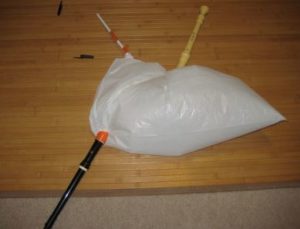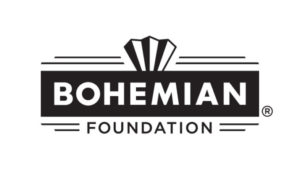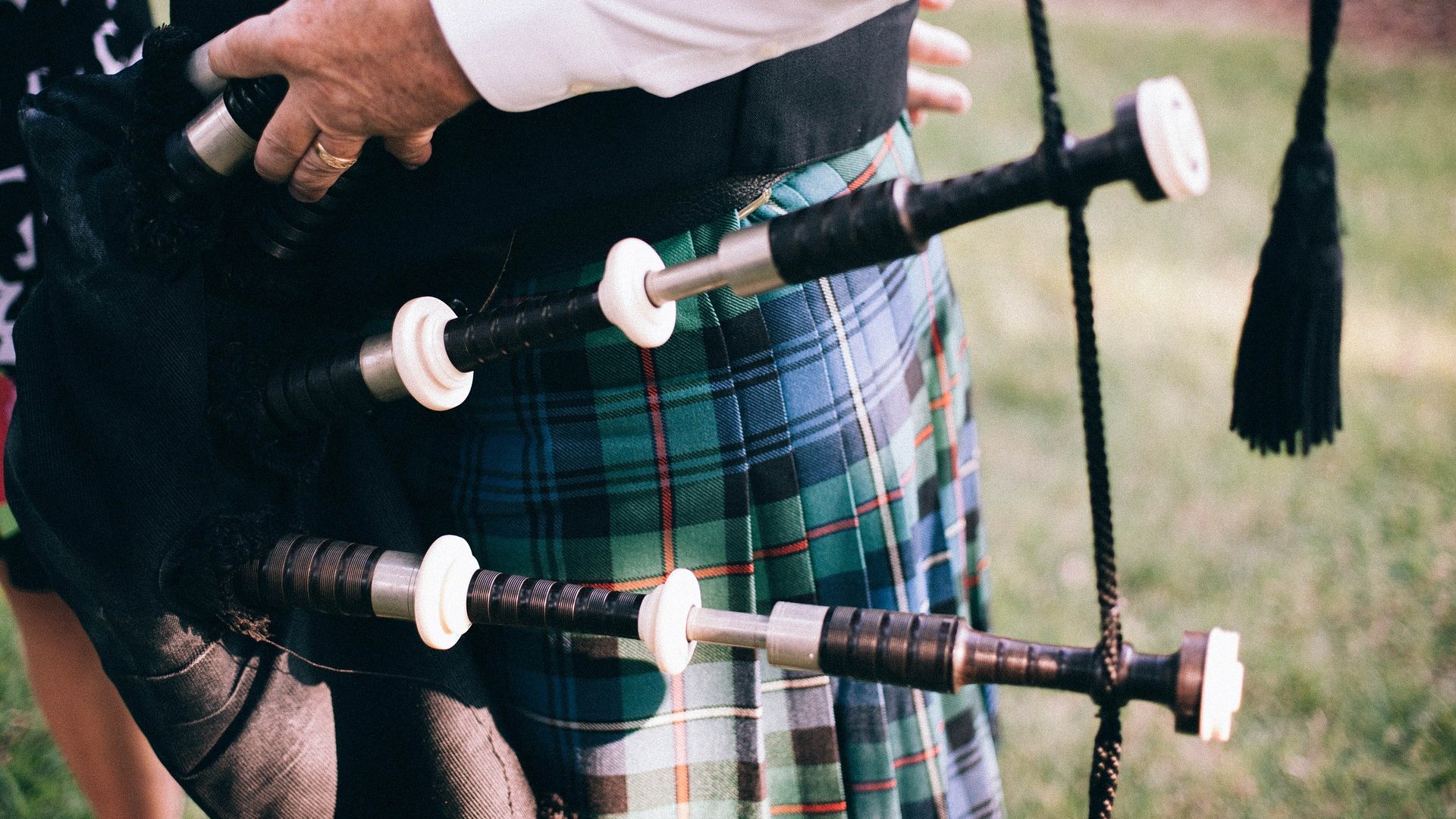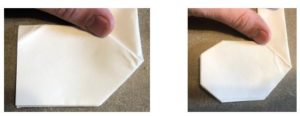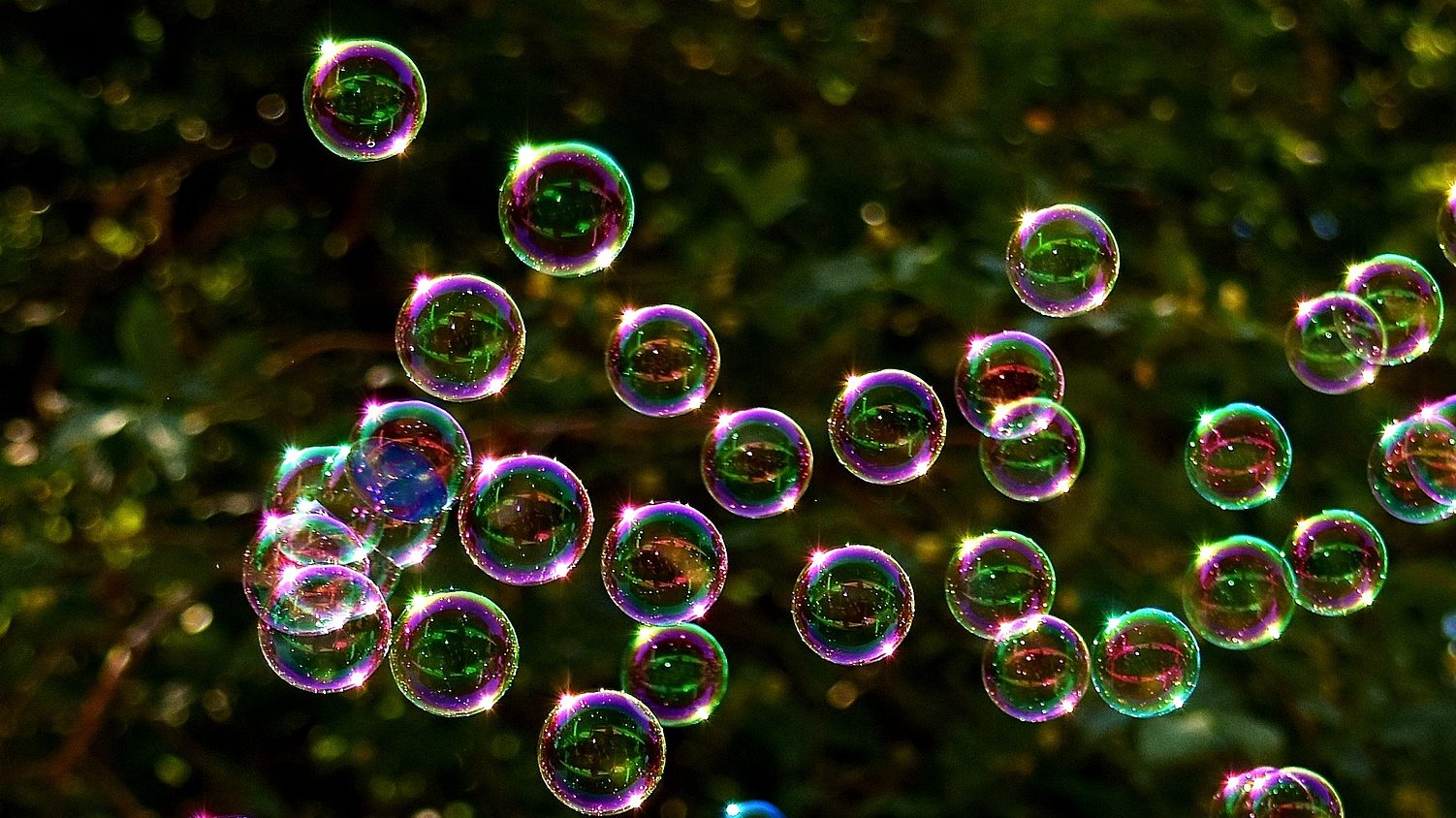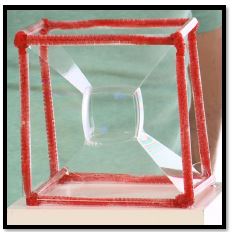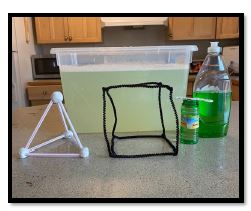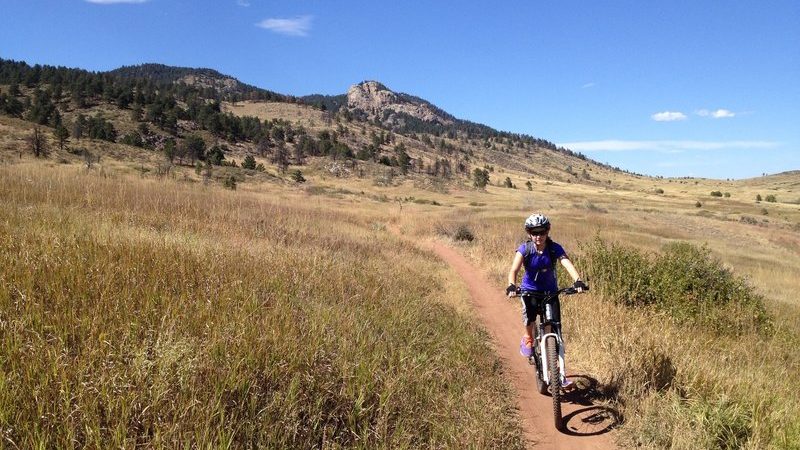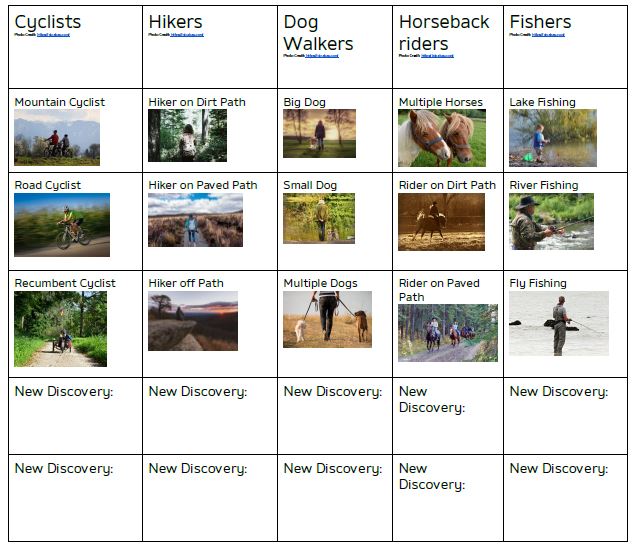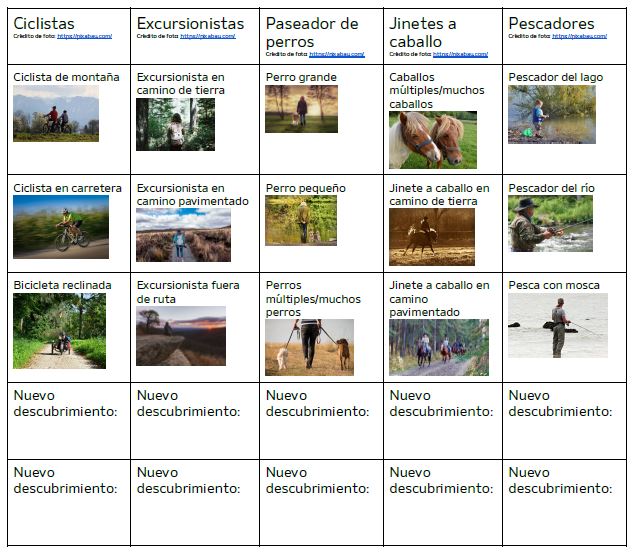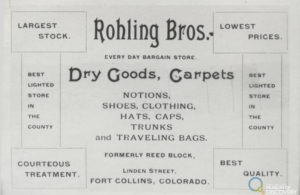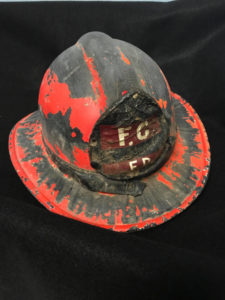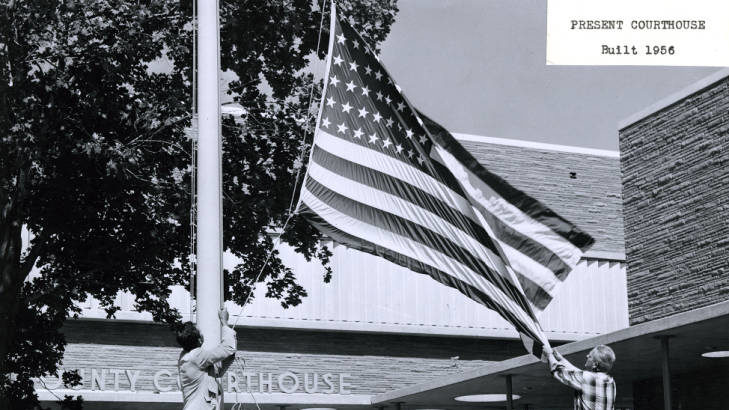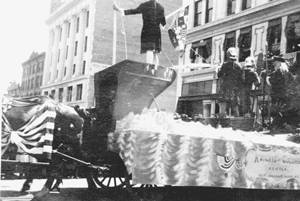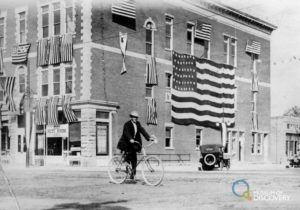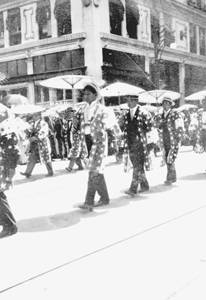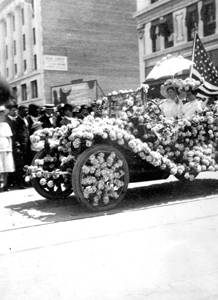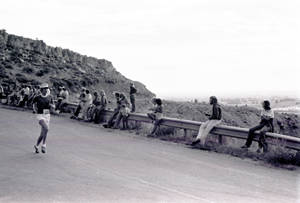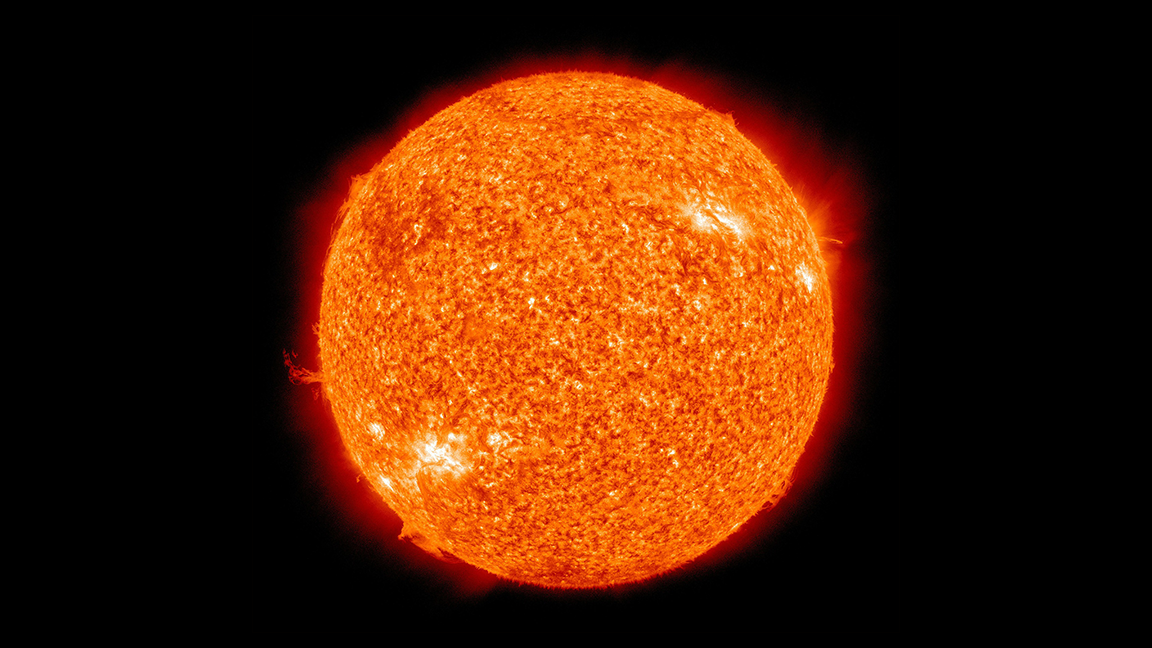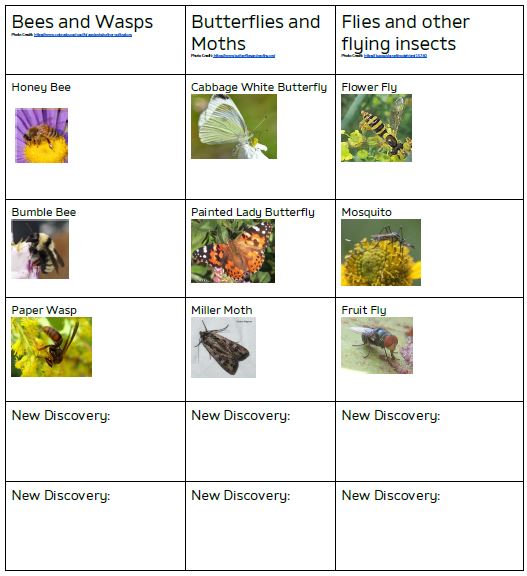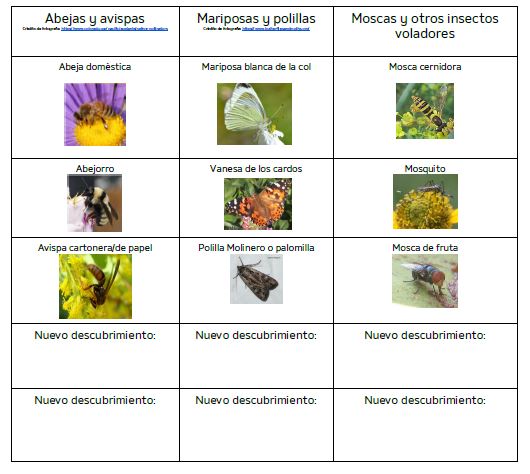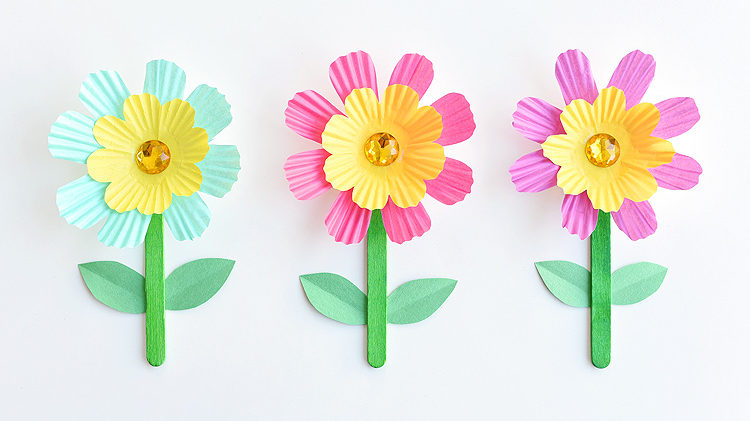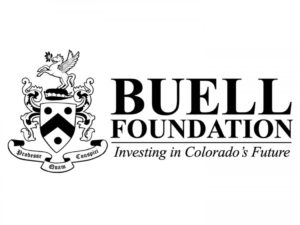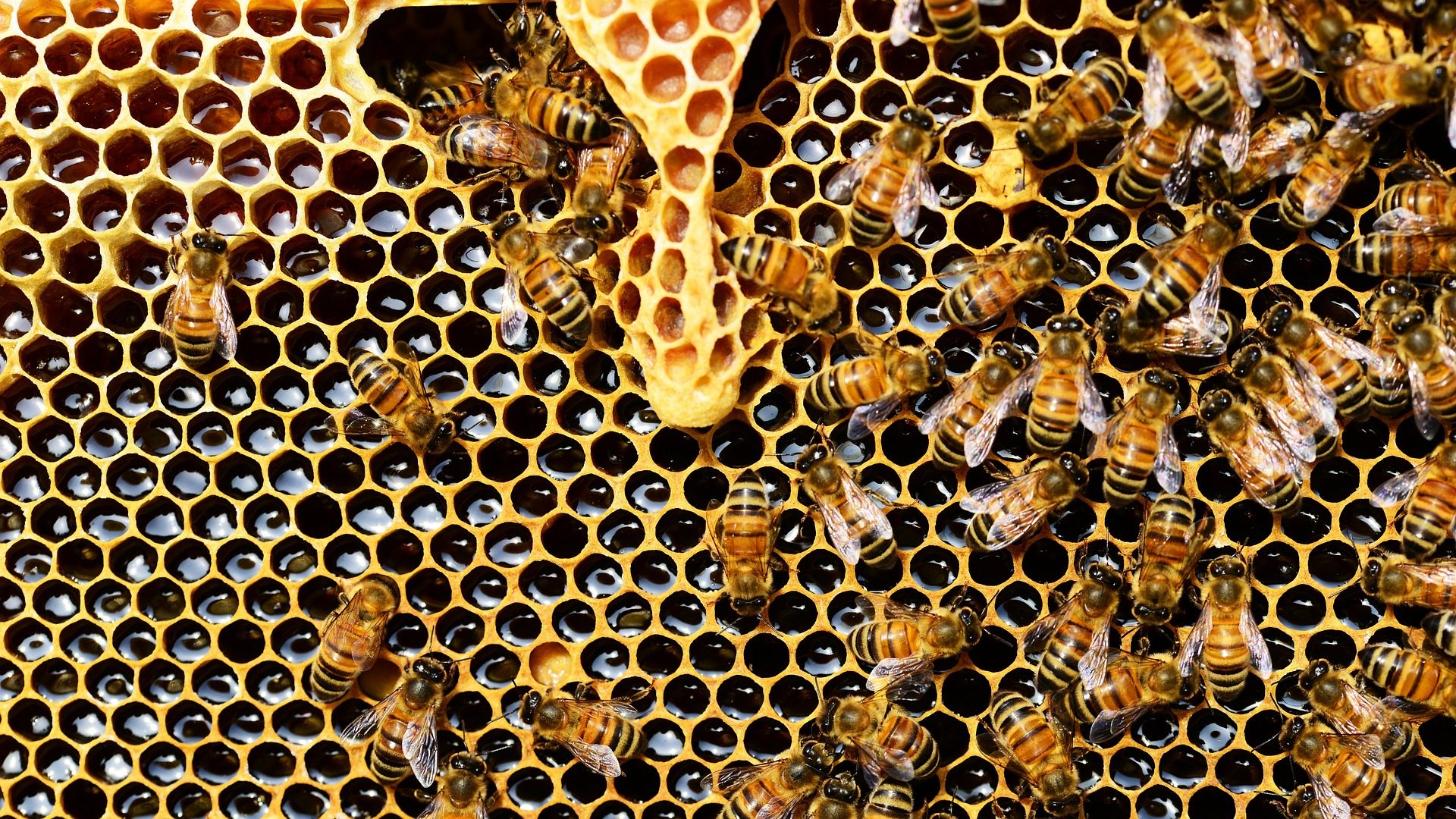Post written by Alexa Leinaweaver, Live Animal Husbandry Coordinator.
?It’s National Pollinator Week!
June 22-28, 2020, is the 13th annual National Pollinator Week!
What Are Pollinators?
Pollinators are animals that move pollen from one flower to another flower of the same species in the first step toward the plant reproducing. While pollinators are primarily insects (bees, beetles, flies, moths, butterflies), there are also some birds and small mammals that pollinate plants too.
More than 70% — and possibly as much as 90%! — of flowering plants are dependent on pollination for creating seeds and fruit. It is estimated that one out of every three bites of food you eat was made possible by animal pollinators!
Many of the animals that pollinate are in decline. Pollinator habitats are shrinking or getting destroyed so they have no space to live or feed. In addition, overuse of pesticides, environmental pollution, and climate change are all adding risks to these animals.
Pollinators in Colorado
In Colorado, we have a wide range of habitats and extreme changes in altitude – different bees will thrive in each area. Because of that variety of habitat, Colorado is home to more than 900 species of bees! There are more than 200 bees in Larimer County alone. The smallest bee in Colorado is the Miner Bee (Perdita salacis) at 3.5mm/0.1in; the largest is the Nevada Bumblebee (Bombus nevadensis) at 26.5mm/1in. Colorado bees are colorful, too! Different species may be the usual yellow and black, or range to red, orange, green, blue, or brown.
Most bees in Colorado (and the rest of the world too) are solitary bees that don’t live in a colony like the familiar honeybee. Most of these solitary bees are ground nesters, digging burrows in the soil or using abandoned rodent burrows. Some of the bees here are cavity nesters, finding holes or cavities in twigs or logs.
In Colorado, bees are responsible for pollinating 80% of the crops in our state.
In addition to bees, other pollinators in Colorado include approximately 250 species of butterfly and more than 1,000 species of moth. There are also 11 species of hummingbird that migrate through the state from April through September.
How can you help pollinators?
Learn more about the pollinators in the space where you live. Spend some time outside and observe the animals that are visiting your garden. What kinds of animals do you see? What colors are they? How do they behave as they visit flowers?
Create good habitats for pollinators around your home. Whether you have acres of land or just a window box, you can help pollinators by offering them food and shelter. Plant a variety of flowering plants (preferably native – CSU has a great example list of native plants for pollinators) that offer food and nesting space. Provide several different kinds of blooming plants near each other, and use plants that have different bloom times, so that flowers are available to pollinators from early spring through late fall. Plant in sunny locations that are protected from the wind.
Don’t “clean up” your yard in the fall. Leave all the dormant or dead plants alone rather than trimming them back for the winter season — cavity nesting bees and other pollinating insects will use them as a safe home during the cold weather. Leave some leaf litter around for butterflies and moths to use as insulation over the winter, rather than raking it all up and dumping it in the landfill. If you can include materials in your yard such as logs or wood nesting blocks, you provide space for species that nest in wood to survive the snow. Leave some of the ground uncovered (i.e. don’t put mulch everywhere) for the native bees that nest in the bare dirt for the winter.
Reduce use of chemicals for controlling weeds and pests, as these can hurt or kill beneficial pollinators as well.
Protect natural habitat.
Share what you know. Talk to your friends and family about what you have learned about pollinators and how and why you are helping them. Talk to your local and state government about how important it is to protect pollinators.
Continue Reading

